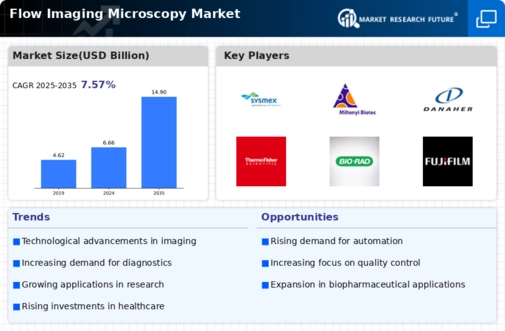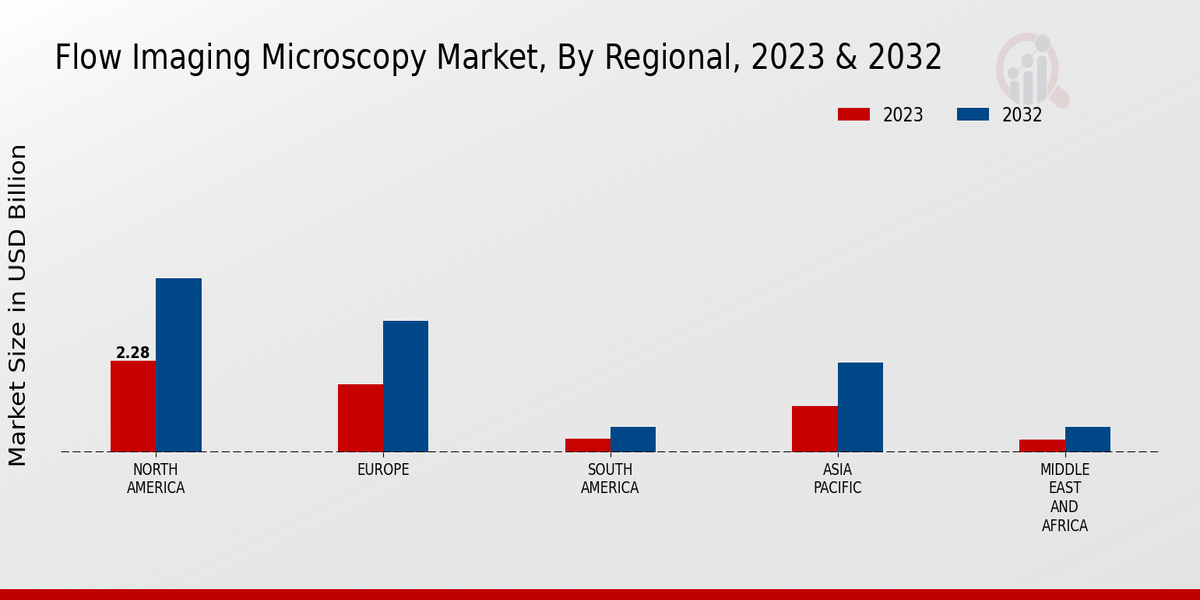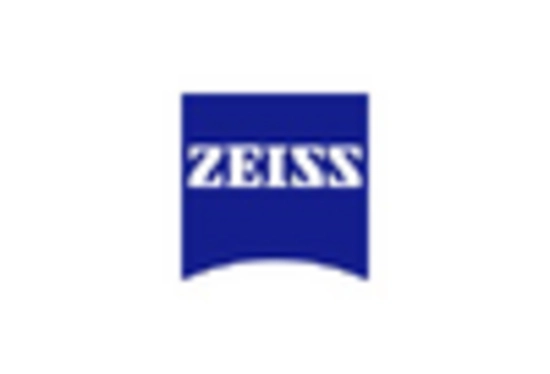Advancements in Imaging Technology
Technological advancements are a fundamental driver of the Flow Imaging Microscopy Market. Innovations in imaging technology, such as enhanced resolution and faster processing capabilities, are making flow imaging microscopy more accessible and effective for various applications. These advancements are likely to attract a broader range of users, from academic researchers to industrial applications. The market is expected to expand as new features and functionalities are integrated into flow imaging systems, improving their usability and performance. By 2025, the impact of these technological improvements is anticipated to be significant, potentially reshaping the landscape of the Flow Imaging Microscopy Market.
Increased Focus on Quality Control
Quality control remains a pivotal driver in the Flow Imaging Microscopy Market, particularly in pharmaceutical and manufacturing sectors. Companies are increasingly adopting flow imaging microscopy to ensure product consistency and compliance with regulatory standards. The market is expected to witness a notable increase in demand as organizations prioritize quality assurance in their production processes. In 2025, the market for flow imaging microscopy in quality control applications is anticipated to grow significantly, reflecting a broader trend towards enhanced product reliability. This focus on quality not only mitigates risks associated with product failures but also bolsters consumer trust in pharmaceutical and industrial products.
Emerging Research in Nanotechnology
The Flow Imaging Microscopy Market is poised for growth due to the burgeoning field of nanotechnology. As researchers delve into the properties and applications of nanomaterials, the need for sophisticated imaging techniques becomes paramount. Flow imaging microscopy offers the capability to analyze nanoparticles with high precision, facilitating advancements in various applications, including drug delivery systems and nanomedicine. The increasing investment in nanotechnology research is likely to propel the demand for flow imaging microscopy solutions. By 2025, the integration of flow imaging microscopy in nanotechnology research is expected to contribute significantly to the overall market growth, reflecting the importance of detailed particle characterization.
Rising Applications in Biotechnology
The Flow Imaging Microscopy Market is experiencing a surge in applications within the biotechnology sector. This growth is largely attributed to the increasing need for precise imaging techniques that can analyze biological samples at a cellular level. As biopharmaceutical companies expand their research and development efforts, the demand for advanced imaging solutions is likely to rise. In 2025, the biotechnology sector is projected to account for a substantial share of the Flow Imaging Microscopy Market, driven by innovations in drug development and personalized medicine. The ability to visualize and quantify particles in real-time enhances the understanding of complex biological processes, thereby fostering advancements in therapeutic solutions.
Growing Demand in Environmental Monitoring
Environmental monitoring is emerging as a critical driver for the Flow Imaging Microscopy Market. The need to assess and manage environmental pollutants has led to an increased focus on advanced imaging techniques that can provide detailed insights into particulate matter. Flow imaging microscopy enables researchers to analyze environmental samples with high accuracy, thus supporting efforts in pollution control and sustainability. As regulatory bodies emphasize the importance of environmental health, the demand for flow imaging microscopy in environmental applications is likely to rise. By 2025, this segment is expected to witness substantial growth, highlighting the role of advanced imaging technologies in addressing environmental challenges.


















Leave a Comment